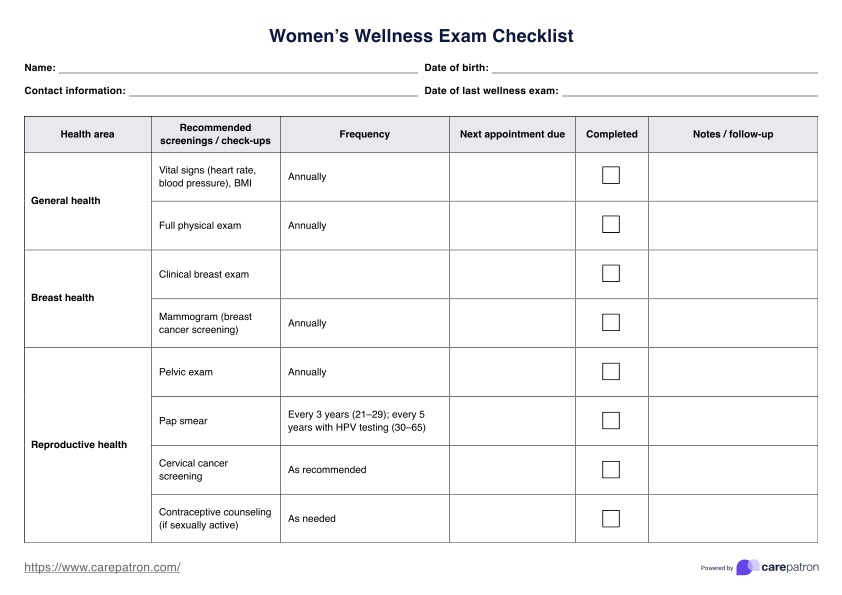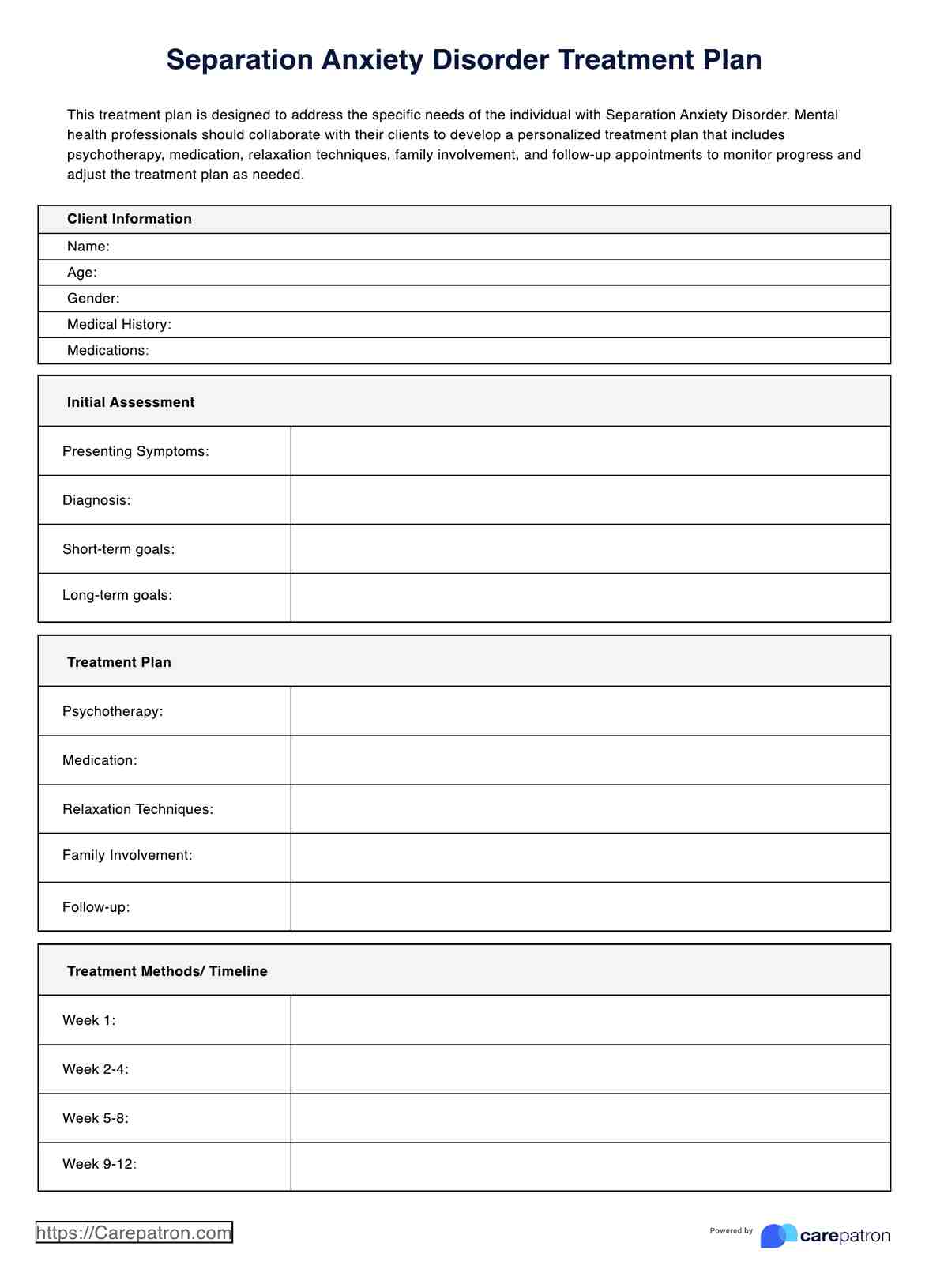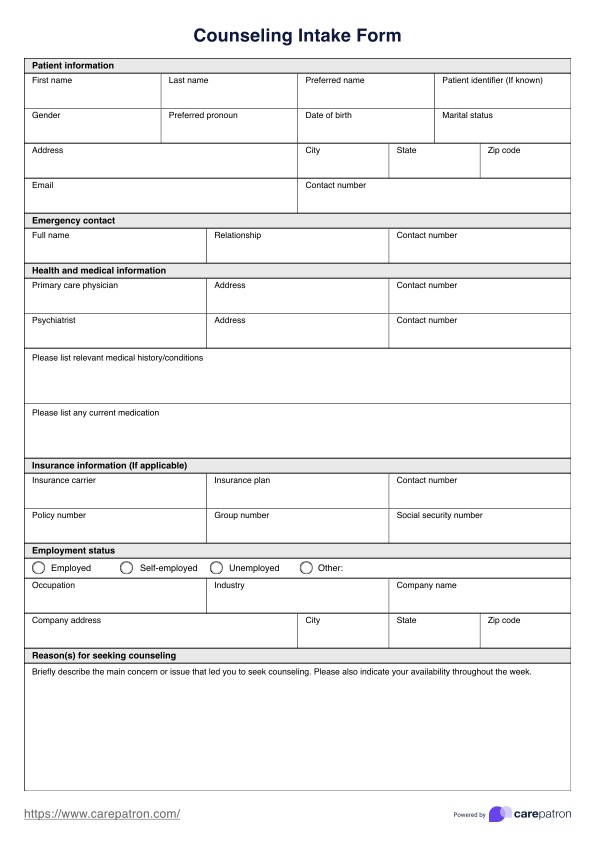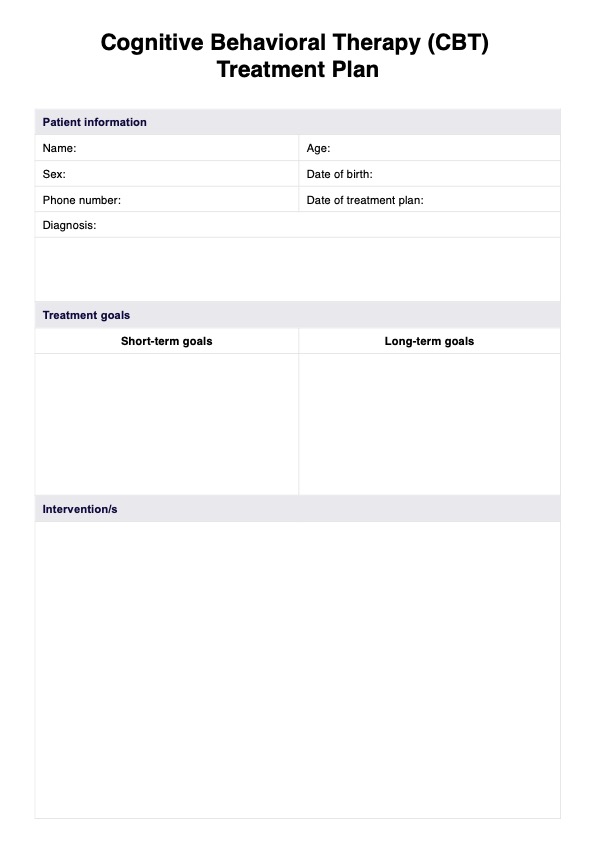Unpacking Your Happiness PTSD Worksheet
Assess your PTSD patient’s happiness using the Unpacking Your Happiness PTSD Worksheet.


What are trauma and PTSD?
When we refer to trauma in this guide, we’re referring to the mental kind characterized by severe psychological and emotional scars left on people who go through experiences and situations that one would consider horrifying, overwhelming, violating, and/or distressing.
An example of such an experience is being a victim of sexual assault. Other examples include losing your home to a fire or tsunami, being the victim of a racially charged hate crime, running over someone with a car or getting run over by a car, and participating in wars.
The mental scars such events leave in their wake last for a long time, if not forever. These scars can be triggered by memories, senses, and being close to where a traumatizing event took place. They also make things difficult for the traumatized to cope healthily and work through them.
Traumatized people will likely develop Post-Traumatic Stress Disorder, or PTSD for short. This disorder is complex and is characterized by a wide variety of symptoms, including the following:
- Anxiety (sometimes severe)
- Depression (sometimes severe)
- Emotional outbursts
- Hypervigilance
- The tendency to avoid certain places, people, or things
- The tendency to isolate oneself from others and the world
- Difficulty sleeping
- Disassociation
- Self-harming/suicidal thoughts and/or behaviors
They will also experience numerous negative emotions and feelings like shame, guilt, disappointment, spite, and more! However, that doesn’t mean that they can’t experience positive emotions. While there are people with PTSD who have an aversion to positive emotions, some yearn for them and appreciate feeling something good other than the negatively overwhelming feelings they have to deal with daily.
Unpacking Your Happiness PTSD Worksheet Template
Unpacking Your Happiness PTSD Worksheet Example
How to use the Unpacking Your Happiness PTSD Worksheet:
If you’re a psychologist, psychiatrist, psychotherapist, or a similar mental healthcare professional, it shouldn’t be surprising if you struggle to get your PTSD patients to discuss and confront their trauma. It’s best to take it at a comfortable pace for your patients to avoid unnecessarily pressuring them.
In the case of this guide, the emotion that will be tackled is happiness, and the Unpacking Your Happiness PTSD Worksheet will help patients take a step back and examine this feeling. It’s best also to include positive emotions as subjects when assessing your patient’s PTSD because doing so will help you set goals that you and your patient can work towards.
It’ll also help the patient become more aware of how their happiness affects their lives, worldviews, perspectives, responses, behaviors, and relationships in contrast to negative emotions.
Using the Unpacking Your Happiness PTSD Worksheet is easy! All a person needs to do is answer the following prompts/guide questions:
- Describe the feelings of happiness that you remember after going through traumatizing experiences. What were the situations and experiences that made you feel happiness?
- What did you do and think about during those situations and experiences that made you feel happiness?
- Did these feelings of happiness motivate you in any way? If so, how?
- Can you notice if other people feel happiness? If so, what do you think about and do concerning what you notice?
- How do your feelings of happiness affect your relationships?
- OPTIONAL: Do you have any coping strategies that help you feel happiness? If so, what are they? It’s okay if you don’t have any. We can work together to develop strategies down the line.
On the part of the mental healthcare professionals issuing this worksheet, it’s important to remind your patients to write their answers descriptively.
When is it best to use the Unpacking Your Happiness PTSD Worksheet?
The best time to use this will depend on who you are.
For psychotherapists and similar mental healthcare professionals:
The best time to issue the Unpacking Your Happiness PTSD Worksheet is during the early stage of your therapy or counseling programs. This would be when you’re still learning about your patients, like what caused their traumas, how they respond to their triggers, what they do to pass the time, if they have support systems, etc.
This worksheet is best used during these stages because the prompts and guide questions are meant to get your patients to discuss and state what makes them happy and what they do to keep themselves happy, especially after a traumatizing experience. The worksheet also nudges them to discuss what they think about and do because of happiness and how it influences their relationships.
For non-mental healthcare professionals:
If you’re not a mental healthcare professional and stumbled upon this guide, we’d like you to know that you can use this worksheet! Our template for Unpacking Your Happiness PTSD Worksheet is free, so you can download it anytime and use it when needed. If you believe that this worksheet can help you think and examine your happiness better, then by all means, use it! We hope that it enables you to find ways to maintain your joy. Of course, please don’t consider this as a substitute for therapy or counseling. We recommend seeing a professional to help you work through your PTSD.
What are the benefits of using the Unpacking Your Happiness PTSD Worksheet?
The Unpacking Your Happiness PTSD Worksheet is an inexpensive tool to have.
Worksheets are helpful tools for therapists because they don’t cost much. If you like having printouts of worksheets, printing them will only cost you a minuscule amount. Going paperless won’t cost you anything because you can just send copies of the PDF to your patients!
The Unpacking Your Happiness PTSD worksheet requires nothing special from professionals and patients. People engaging with the sheet must only answer the prompts and guide questions with as much detail as possible.
The answers to the questions can give professionals something to work toward.
The great thing about this worksheet is that it asks patients with PTSD to talk about happiness in light of their trauma. Through this worksheet, professionals will learn what makes their patients happy despite having gone through something traumatic. Knowing about these can help professionals and their patients develop strategies to help patients look for and maintain happiness so they can have healthy ways of coping with their trauma and PTSD, and hopefully, help them work through their trauma.
This worksheet will work better when used alongside other PTSD worksheets.
As mentioned earlier, it’s likely for a person with PTSD to feel various negative emotions. Other PTSD worksheets that focus on negative emotions can be used to uncover the nuances of a patient’s trauma. A nuanced understanding of a patient’s trauma, PTSD, and the negative emotions they feel will help professionals better tackle their patient’s traumas and related problems.
They will also be able to think of better ways to help the patient focus on positive emotions despite negative feelings.
Integrating this PTSD worksheet template can elevate your practice and client success. It ensures comprehensive documentation and monitoring of PTSD symptoms.
Commonly asked questions
This will depend on your patient. Giving them the time, space, and support to answer this is best because you treat them for trauma. That’s a touchy subject. But since this worksheet focuses on a positive emotion rather than a negative one, your patient might find it easier to answer than other worksheets. At the very least, it’s possible to accomplish this in ten minutes, assuming your patient doesn’t have to take too long to think and write about their happiness. Considering your therapy program, discussing the deadline with your patient is best.
Examining a patient’s negative emotions related to PTSD is essential because you will learn how their trauma and PTSD affect them negatively, including their relationships. However, hyper-focusing on negative emotions isn’t helpful and might even overwhelm your patients as they go through your therapy program.
By examining positive emotions, you can remind them that working past their trauma is possible. These positive emotions can serve as guiding lights to help them get to a better place. It’s also great for mental healthcare professionals because they can identify what instills their patients with positive emotions and build a care plan to help them feel positive emotions more often than negative ones.
Here are examples of PTSD worksheets that zoom in on positive emotions and feelings:
- Unpacking Your Empathy
- Unpacking Your Gratitude
- Unpacking Your Pride
We have templates for these worksheets! Check them out and add them to your roster of clinical resources!


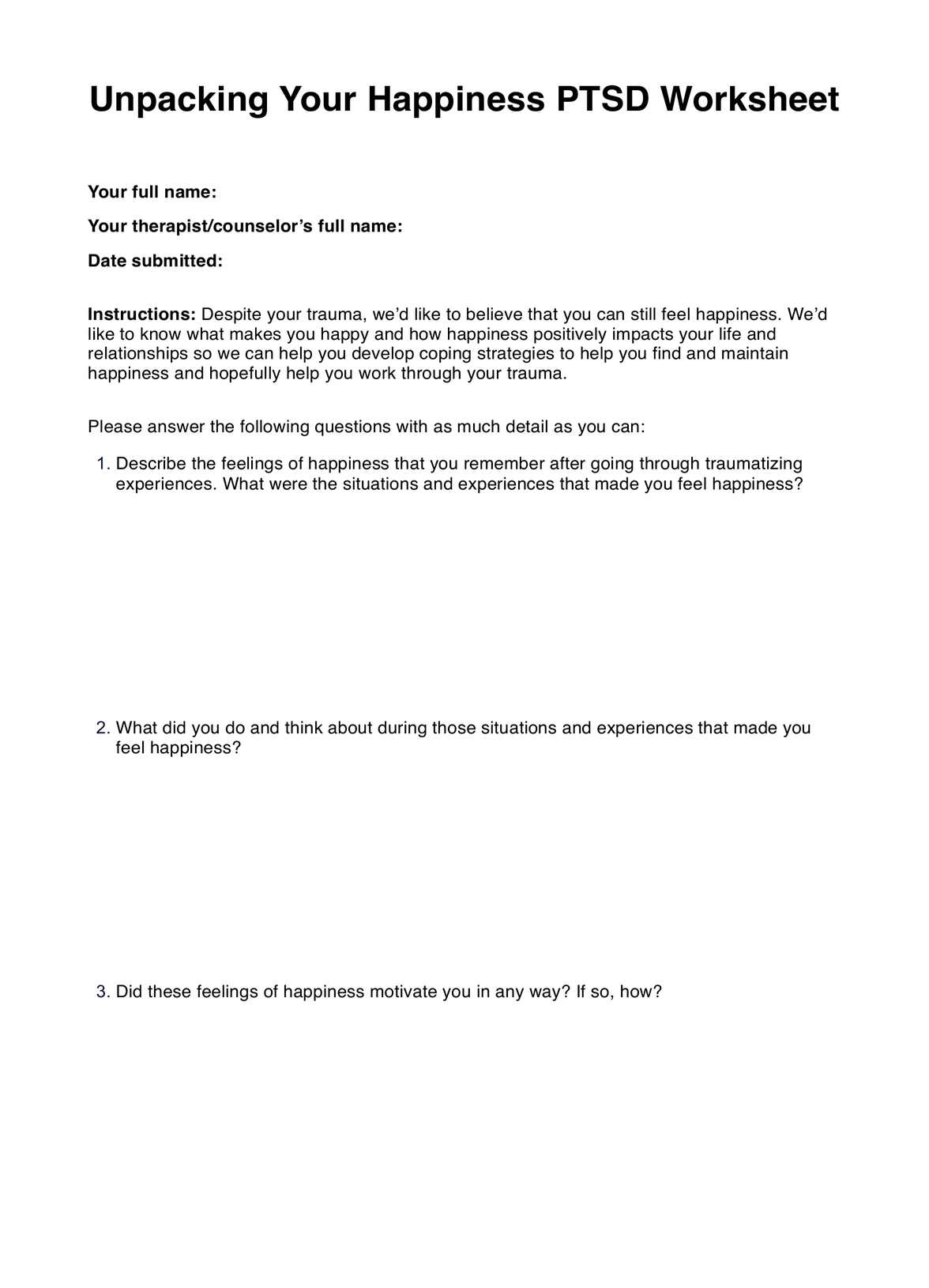
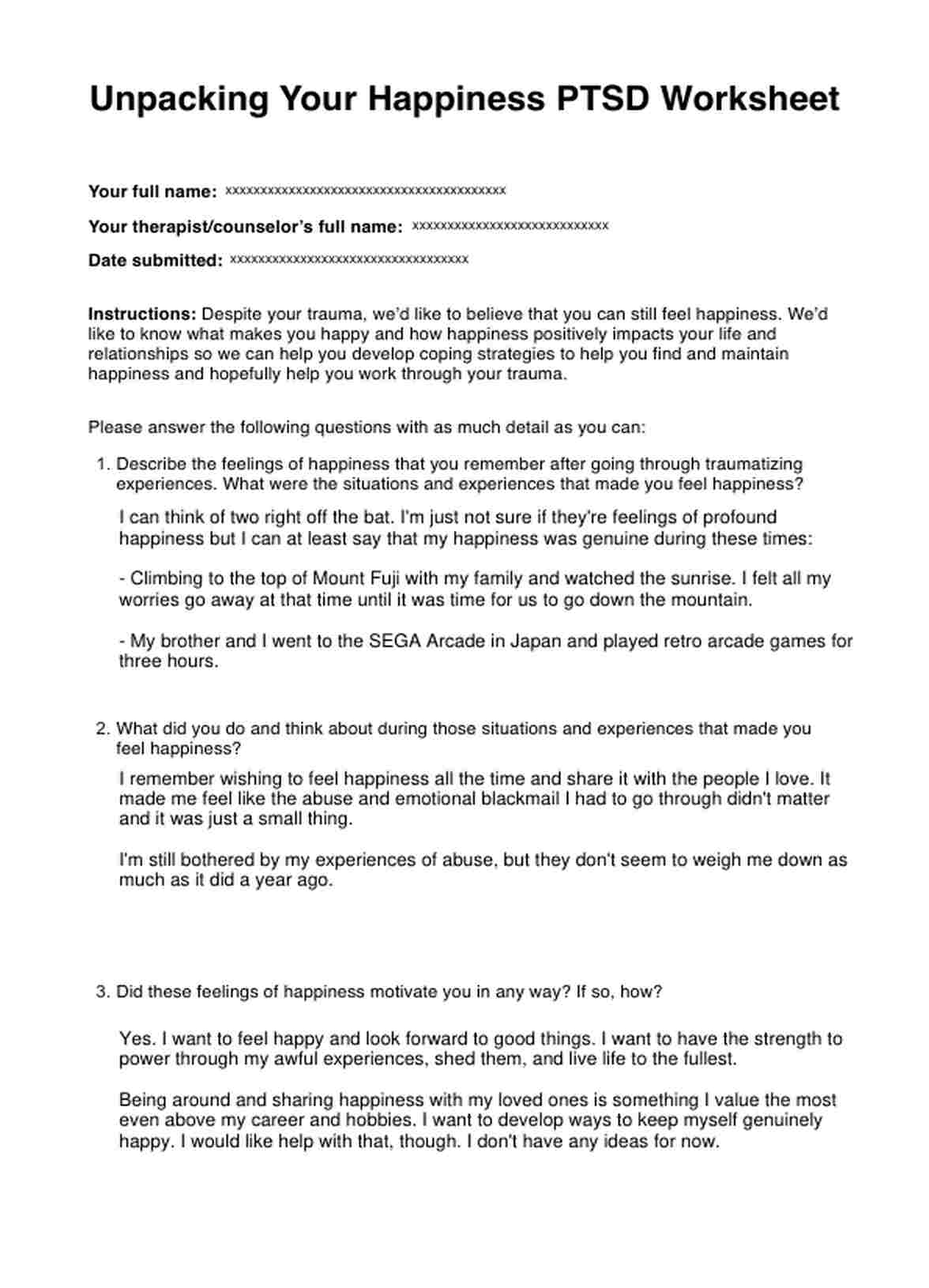
















-template.jpg)



























































































